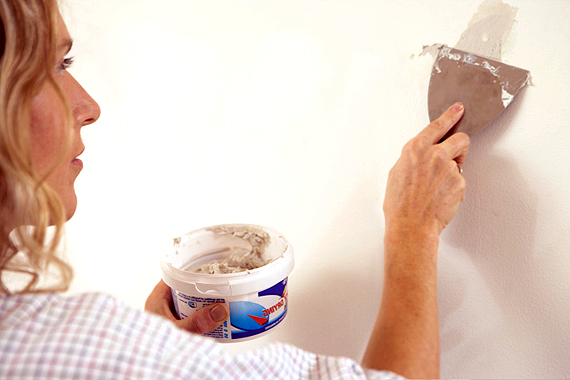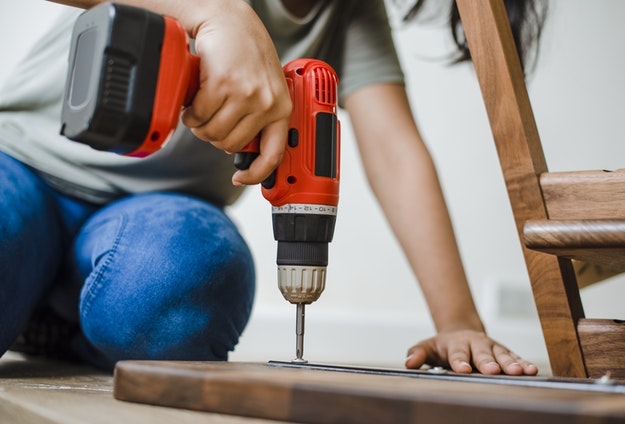
Welcome to 'Master the Art of DIY Energy Saving: A Comprehensive Guide.'
In this informative and concise article, we will equip you with practical knowledge and techniques to effectively reduce your energy consumption and save money.
By conducting an energy usage audit, researching energy-saving tips, purchasing necessary items, installing energy-efficient light bulbs, and sealing windows and doors, you will gain the freedom to control and minimize your energy expenses.
Get ready to become a master of energy efficiency!
Audit Energy Usage
Conduct a thorough analysis of your energy consumption to identify areas for improvement and potential savings.
Start by conducting an inspection of your home or workplace to identify any sources of energy wastage. Look for appliances or equipment that are outdated, inefficient, or left on when not in use. Pay attention to areas where energy may be escaping, such as poorly insulated windows or doors.
Keep track of your energy usage by monitoring your monthly utility bills and comparing them to previous months. This will help you identify any abnormal spikes in energy consumption and pinpoint the cause.

Once you have identified the areas for improvement, make a plan to address them, whether it's replacing outdated appliances, sealing air leaks, or implementing energy-efficient practices.
Research Energy-Saving Tips
Through thorough research and analysis, you can uncover a multitude of energy-saving tips that will help you reduce consumption and save on costs.
One effective way to research energy-saving tips is by conducting experiments. This allows you to test different methods and determine their effectiveness in reducing energy usage. For example, you can experiment with adjusting thermostat settings, using energy-efficient appliances, or implementing insulation techniques. By measuring the energy consumption before and after implementing these changes, you can calculate the savings achieved.
Researching energy-saving tips also involves exploring various resources such as government websites, energy-saving blogs, and industry publications. These sources provide valuable information on the latest energy-saving technologies and strategies.
Purchase Necessary Items
To successfully implement energy-saving strategies, it is essential to carefully select and purchase the necessary items.
One of the key aspects is investing in energy-efficient appliances. These appliances are designed to consume less electricity while still providing the same level of performance. Look for appliances with the ENERGY STAR label, as they meet strict energy efficiency criteria.
Additionally, consider incorporating renewable energy sources into your home, such as solar panels or wind turbines. These sources generate electricity from renewable sources, reducing your reliance on fossil fuels and lowering your carbon footprint.

When purchasing these items, compare prices, energy efficiency ratings, and warranties to make informed decisions.
Install Energy-Efficient Light Bulbs
When transitioning from purchasing necessary items to implementing energy-saving strategies, it is crucial to install energy-efficient light bulbs for optimal energy conservation.
Energy-efficient light bulbs, such as LED or CFL bulbs, use significantly less energy compared to traditional incandescent bulbs. This not only reduces your carbon footprint but also helps you save money on your energy bills. To calculate savings, you can compare the wattage and lifespan of different bulbs. LED bulbs, for example, use up to 80% less energy and can last up to 25 times longer than incandescent bulbs. Additionally, they produce less heat, making them safer to use.
When shopping for energy-efficient light bulbs, compare options based on lumens, color temperature, and dimming capabilities to find the best fit for your needs and preferences.
Seal Windows and Doors
To effectively conserve energy and prevent drafts, it is essential to seal windows and doors using weatherstripping and caulk. Here are some practical tips for weatherstripping installation and caulking techniques:
- Weatherstripping Installation:
- Measure the length of the window or door frame and cut the weatherstripping accordingly.
- Clean the surface where the weatherstripping will be applied to ensure proper adhesion.
- Peel off the backing and press the weatherstripping firmly onto the frame, making sure it forms a tight seal.
- Caulking Techniques:
- Use a caulking gun to apply a continuous bead of caulk along the gaps between the window or door frame and the wall.
- Smooth the caulk with a caulk finishing tool or a damp finger to create a neat, even finish.
- Allow the caulk to dry completely before testing for any remaining drafts.
Frequently Asked Questions
How Can I Reduce Energy Usage in My Kitchen and Appliances?
Reducing energy consumption in the kitchen and with appliances can be achieved by employing various strategies, such as using energy efficient appliances, adjusting cooking habits, utilizing natural light, and properly maintaining equipment.
Are There Any Government Incentives or Rebates Available for Energy-Saving Upgrades?
Government incentives and rebates are available for energy-saving upgrades, including those related to renewable energy. These incentives aim to encourage individuals and businesses to adopt more sustainable practices, reducing energy consumption and promoting a cleaner environment.

What Are Some Effective Ways to Conserve Energy in My HVAC System?
Effective ways to conserve energy in your HVAC system include adjusting energy-saving thermostat settings, such as using programmable thermostats and setting temperatures appropriately. Regular HVAC maintenance, including cleaning filters and checking for leaks, can also help optimize energy efficiency.
Are There Any DIY Methods to Insulate My Attic and Save Energy?
Yes, there are DIY methods to insulate your attic and save energy. By using materials like fiberglass batts or blown-in insulation, sealing air leaks, and adding weatherstripping, you can effectively reduce energy loss and lower your utility bills.
How Can I Make My Home More Energy-Efficient During the Winter Months?
To make your home more energy-efficient during the winter months, consider winter weather proofing techniques and implement winter energy saving tips. This will help reduce energy consumption and keep your home warm and comfortable.
 Family Craft ProjectsHome ImprovementCooking and BakingReuse and RecycleDIY GiftsEco-Friendly ProjectsDIY Home SolutionsSeasonal ActivitiesFun and GamesLearn TogetherPrivacy PolicyTerms And Conditions
Family Craft ProjectsHome ImprovementCooking and BakingReuse and RecycleDIY GiftsEco-Friendly ProjectsDIY Home SolutionsSeasonal ActivitiesFun and GamesLearn TogetherPrivacy PolicyTerms And Conditions

 Family Craft ProjectsHome ImprovementCooking and BakingReuse and RecycleDIY GiftsEco-Friendly ProjectsDIY Home SolutionsSeasonal ActivitiesFun and GamesLearn TogetherPrivacy PolicyTerms And Conditions
Family Craft ProjectsHome ImprovementCooking and BakingReuse and RecycleDIY GiftsEco-Friendly ProjectsDIY Home SolutionsSeasonal ActivitiesFun and GamesLearn TogetherPrivacy PolicyTerms And Conditions
